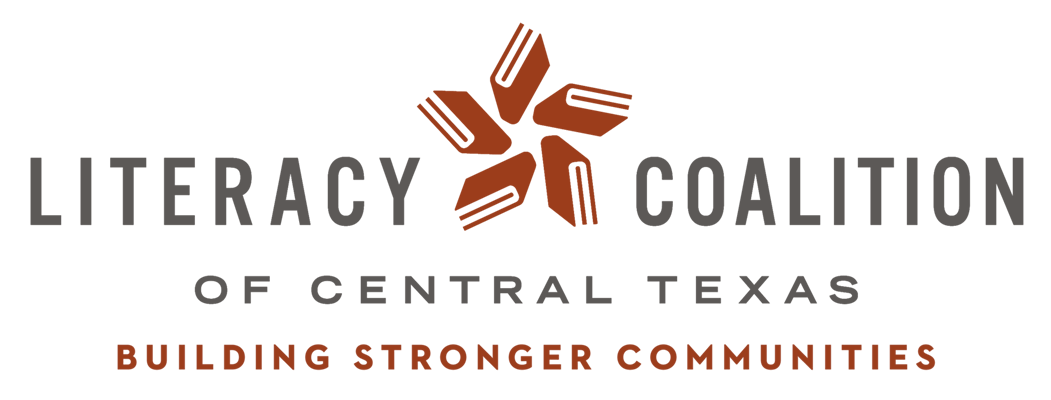 One challenge that we all face in ESL classrooms is the fact that our students cover a wide range of literacy. It’s inevitable that we will have students in our classrooms who have had very little formal schooling and are not able to read and write in their own language. How can we determine who these students are? And what can we do to help them?
One challenge that we all face in ESL classrooms is the fact that our students cover a wide range of literacy. It’s inevitable that we will have students in our classrooms who have had very little formal schooling and are not able to read and write in their own language. How can we determine who these students are? And what can we do to help them?
So how can we identify low literate learners? If your program uses a written assessment for your students it’s likely that low literate students will be placed in your beginning level courses. However, teaching students with low literacy is not the same as teaching students with little-to-no knowledge of English. Grace Massey Holt (1995) gives several different tasks you can ask your students to do if you suspect them of having low literacy. They are listed below:
- Complete an alphabet cloze (for example, A B ___ D ___ F G H ___ J), supplying the missing letters. (familiarity with Roman alphabet)
- Copy a sentence. (speed and ease in forming words)
- Read two simple sentences. (basic sight vocabulary in context)
- Point to letters corresponding to the sounds made by the teacher. (simple consonant sounds not easily confused)
- Read several unfamiliar or nonsense words. (blending sounds)
If your students are unable to complete the tasks above, they may be low literate.
Once you’ve identified your low-literate students, how can you work to meet their needs? The English Forward Curriculum provides a few good examples of how a lesson can be adapted for low-literate students. Pages 37-54 of the curriculum provide the first three English Forward lessons from Unit 1 adapted to literacy level. You can see that the activities in the literacy level lessons are similar to those in the original lessons but that the instructions on the part of the instructor are geared towards working with students with low literacy.
How do you meet the needs of your low literate students? Let us know in the comments below!
